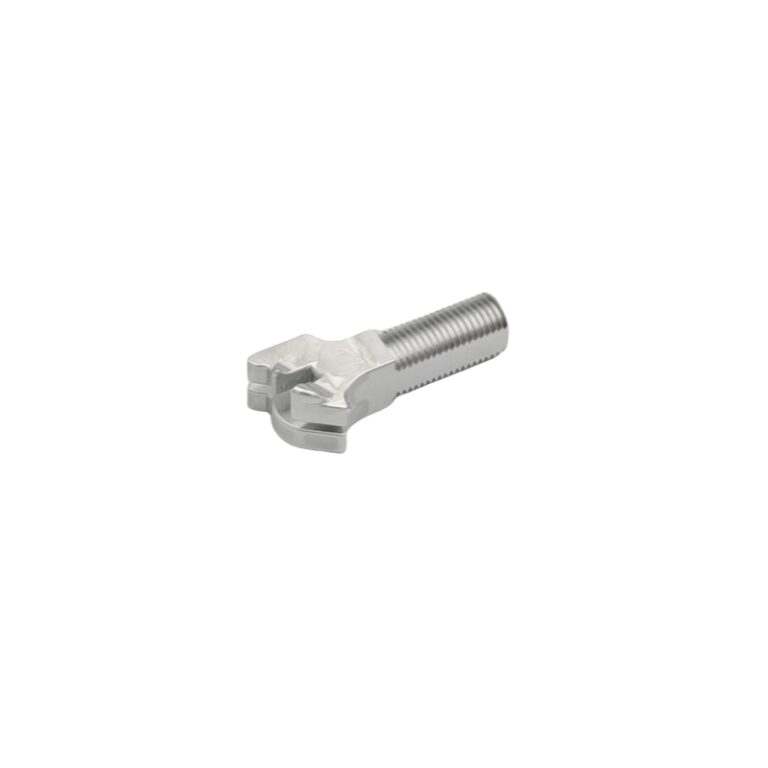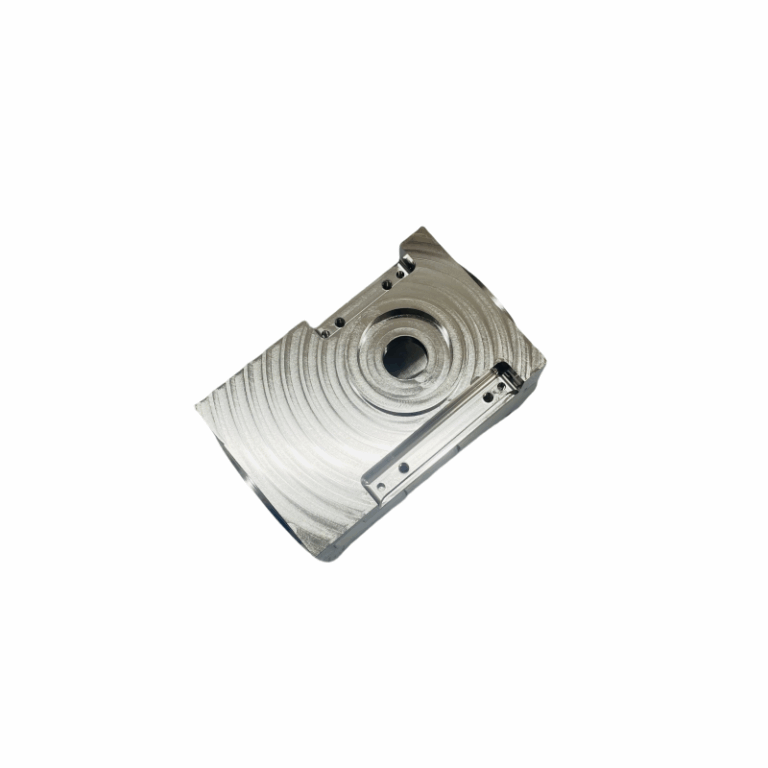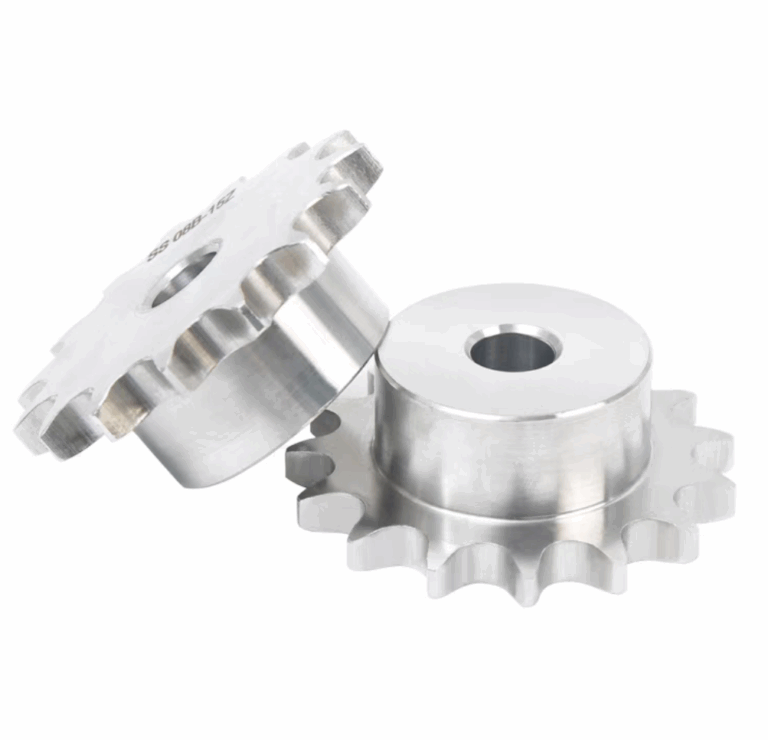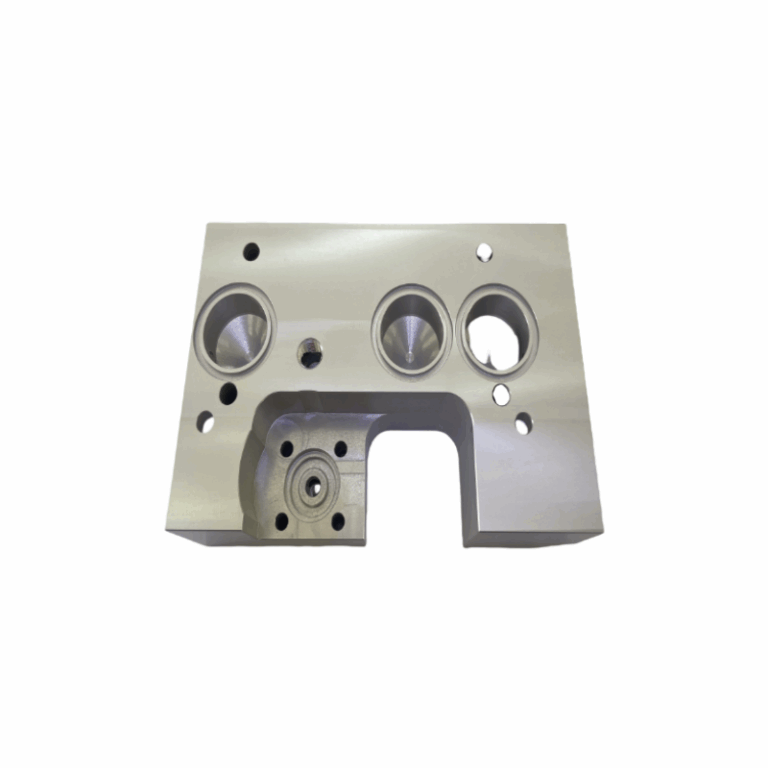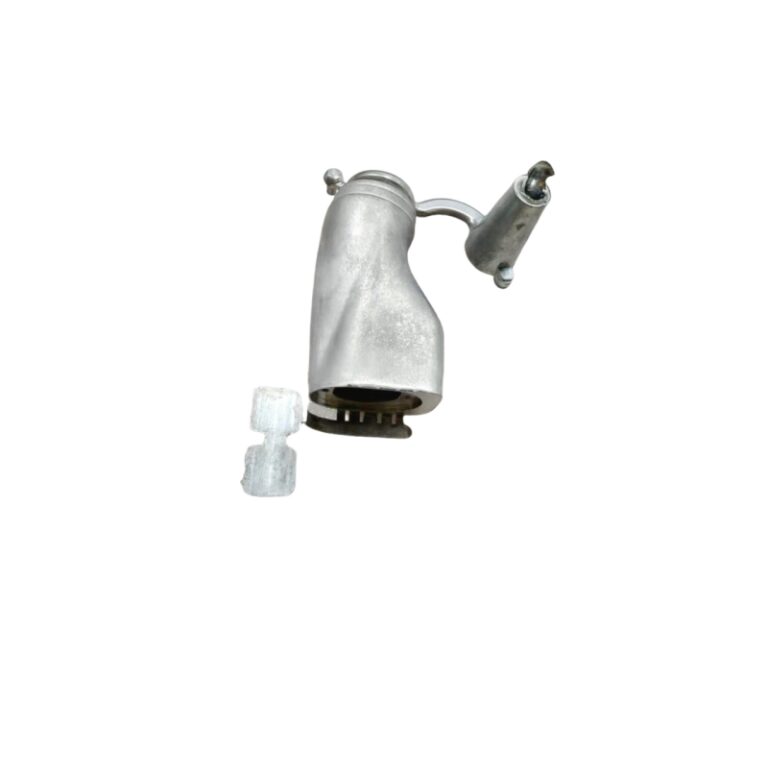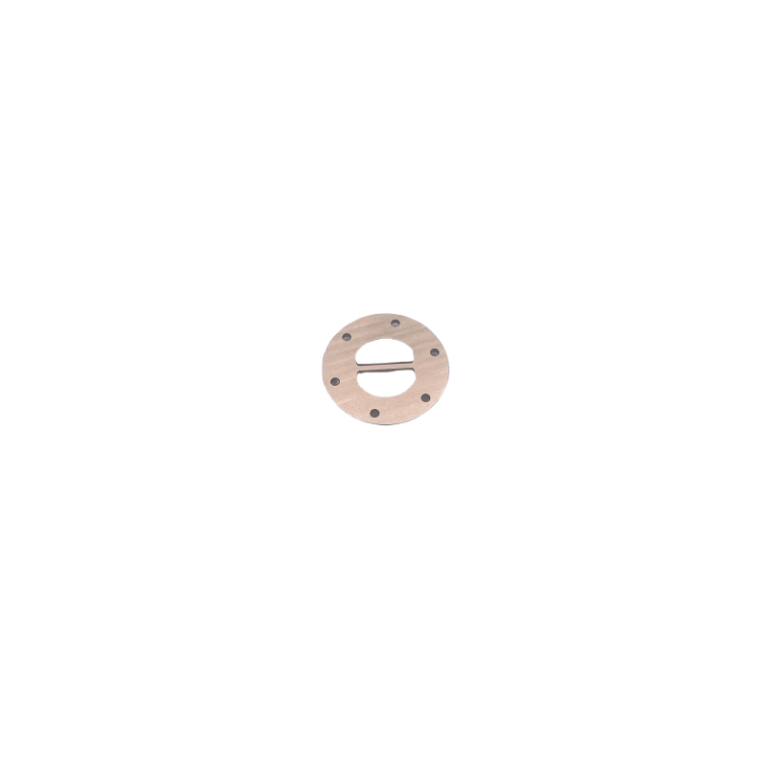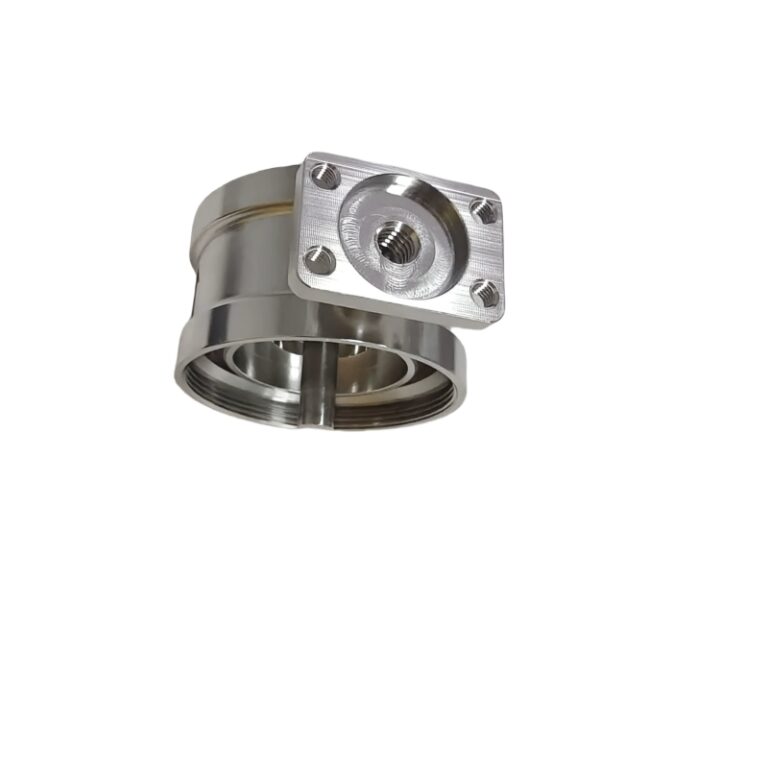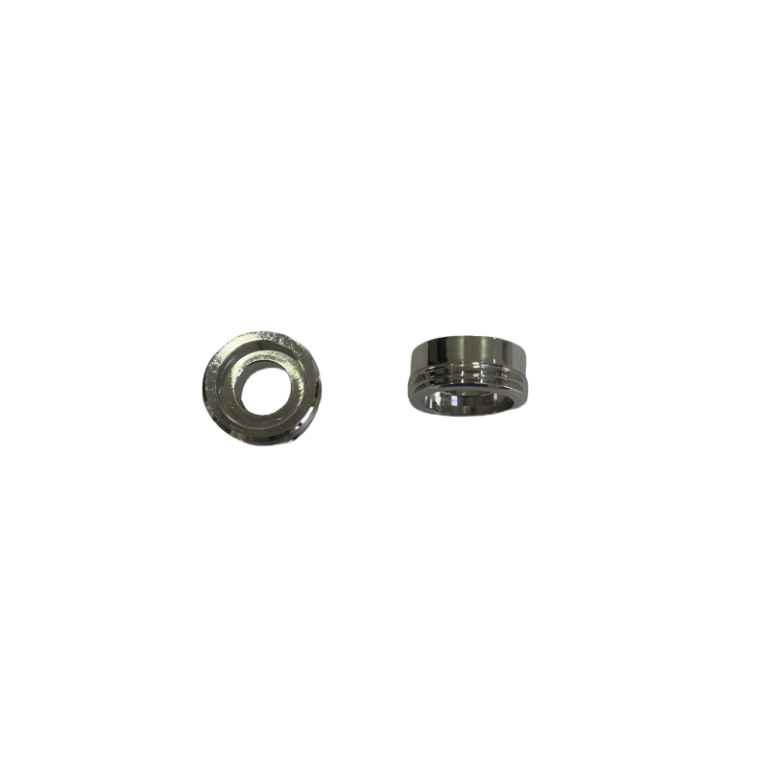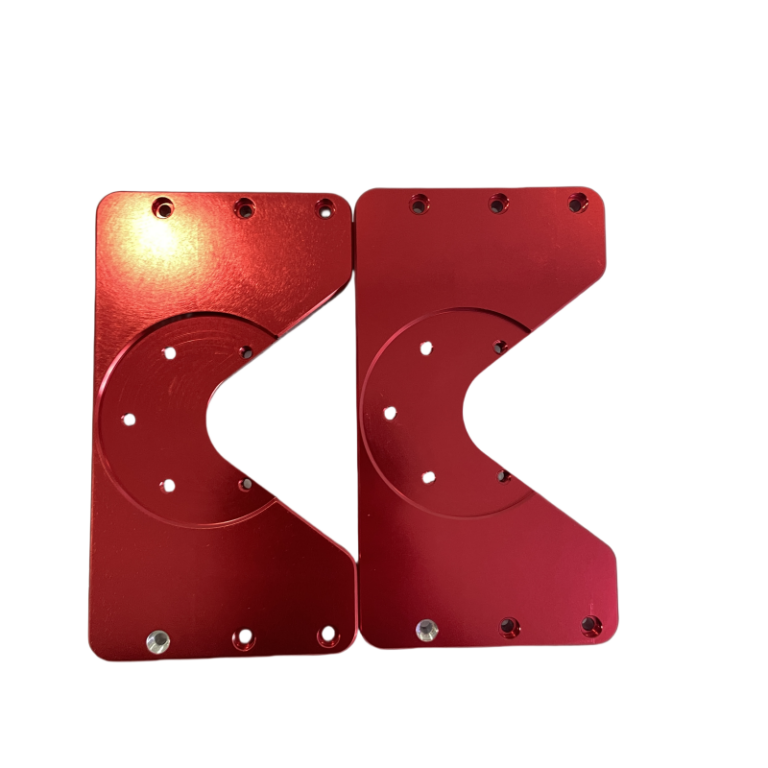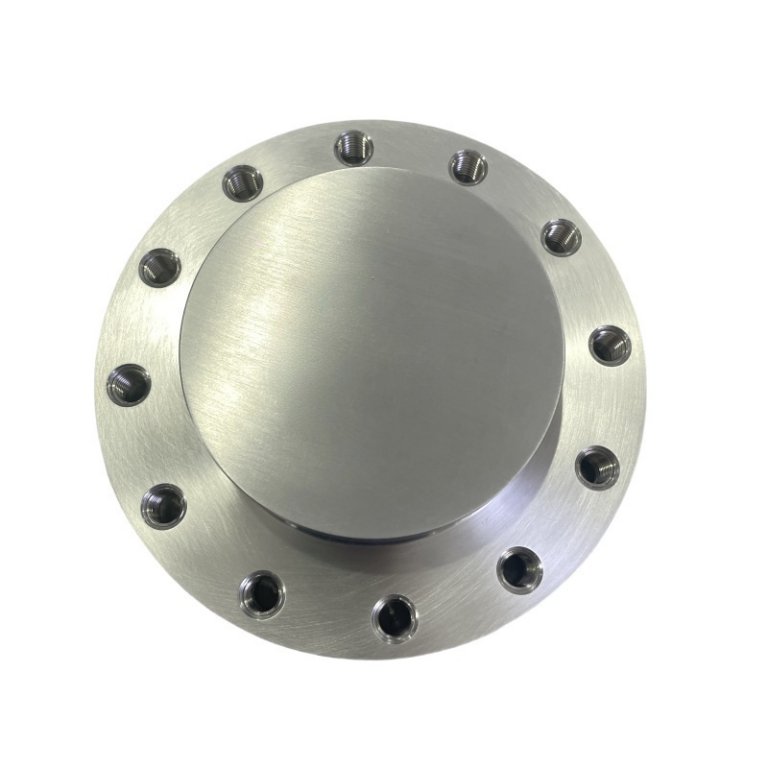In the vast world of manufacturing, metal sheet cutting is not only a basic and key technology but also a fine craft that combines art and science. It is like a skilled craftsman who outlines infinite shapes and possibilities with precise knife skills. Metal sheet cutting service lays a solid foundation for the development of modern industry.
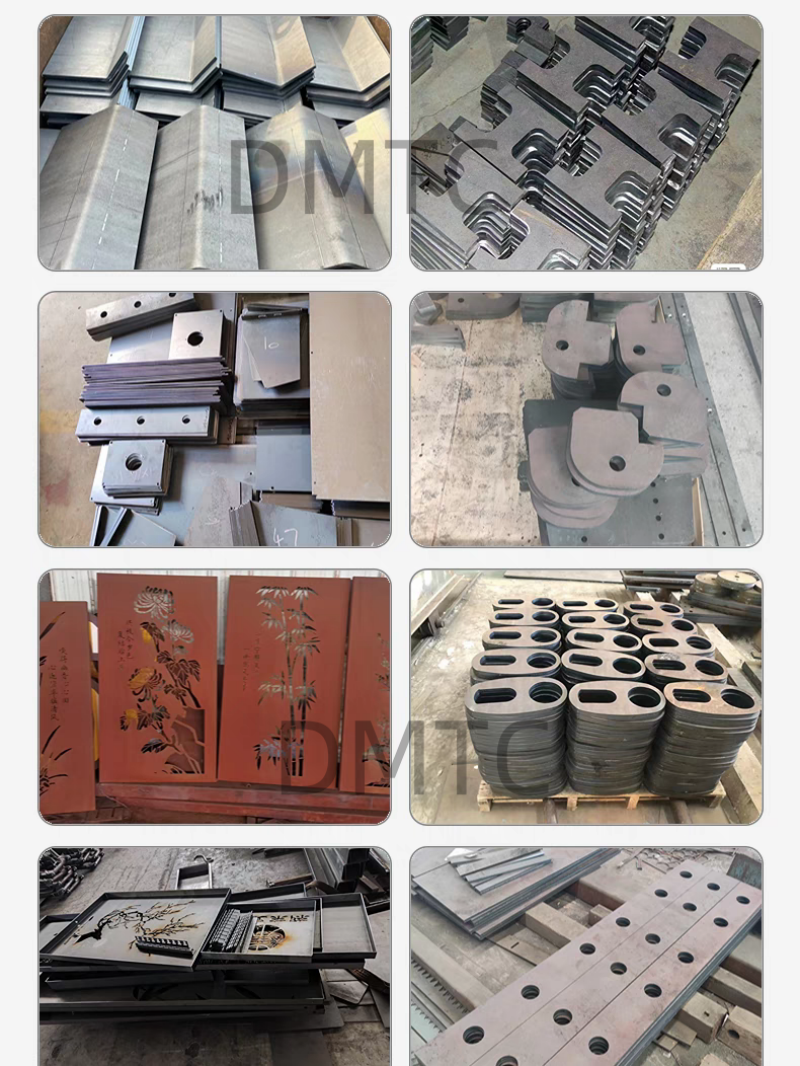
Evolution of cutting technology
The development of sheet metal cutting technology is a chronicle of human wisdom and innovative spirit. From the initial manual sawing and flame cutting to mechanical cutting, plasma cutting, laser cutting, and even more advanced water jet cutting and fiber laser cutting, each technological leap has greatly improved the cutting accuracy, speed, and efficiency, while also reducing costs and broadening the scope of application.
Manual cutting and Flame cutting: ancient and simple techniques
In the era when automated cutting technology was not popular, manual cutting and flame cutting were the main methods of metal sheet cutting services. The manual cutting relied on the worker’s physical strength and skills to slowly and firmly draw lines on the metal sheet; the flame cutting used a high-temperature flame generated by a mixture of flammable gases such as acetylene and oxygen to partially melt the metal and then blow it away to form an incision. Although these two methods are primitive, they witnessed the initial exploration and attempts of humans in metal sheet-cutting processing.
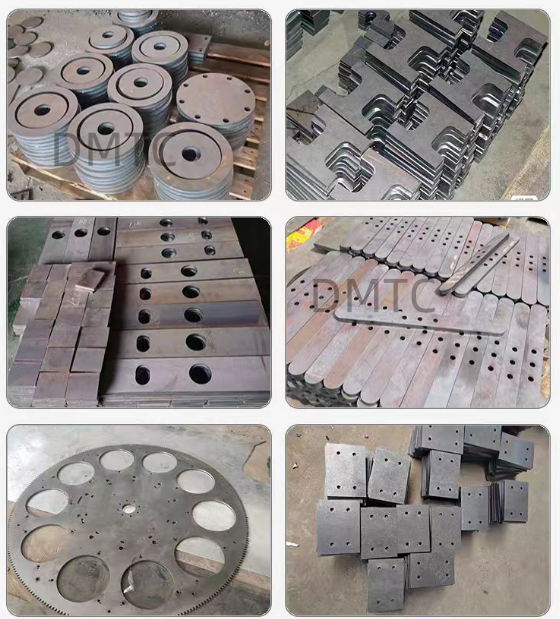
Mechanical cutting and plasma cutting: a display of speed and power
With the advancement of the Industrial Revolution, mechanical and plasma-cutting technologies came into being. Mechanical cutting uses high-speed rotating blades or dies to quickly and accurately cut metal sheets; while plasma cutting uses high-temperature and high-energy plasma arcs as heat sources to partially melt the metal and blow away the slag with airflow to achieve rapid cutting. These two technologies have greatly improved cutting efficiency and met the needs of large-scale production.
Laser cutting: the perfect combination of precision and efficiency
Entering the 21st century, laser cutting technology has become a leader in the field of sheet metal cutting with its unparalleled precision and efficiency. The laser beam is focused into a very small spot through a focusing lens, and irradiated on the surface of the metal sheet with extremely high energy density, instantly melting, vaporizing, and even boiling the material, thereby achieving fast and accurate cutting. Laser cutting not only has the advantages of smooth incision, small heat-affected zone, and flexible processing but can also easily cope with the cutting needs of complex graphics, bringing unprecedented changes to the manufacturing industry.
Future Prospects of Metal Sheet Cutting Service
With the continuous development of science and technology and the changing social needs, metal sheet cutting services are also constantly innovating and improving. In the future, we can expect the emergence of more efficient, environmentally friendly, and intelligent cutting technologies. For example, using artificial intelligence and big data technology to optimize cutting paths and parameter settings, improve cutting efficiency and material utilization; developing green cutting technology to reduce environmental pollution and energy consumption; and apply virtual reality and augmented reality technology to the cutting process to improve the safety and convenience of operations.
At the same time, the manufacturing industry is moving towards a new era of intelligence and networking. This trend has prompted the metal sheet cutting service field to actively embrace the deep integration of cutting-edge technologies such as intelligent manufacturing technology and the industrial Internet, jointly driving the manufacturing industry to higher quality and more efficient development stage crossing. In this process, metal sheet cutting will no longer be just a simple processing technology, but an important force to promote the transformation and upgrading of the manufacturing industry and high-quality development.
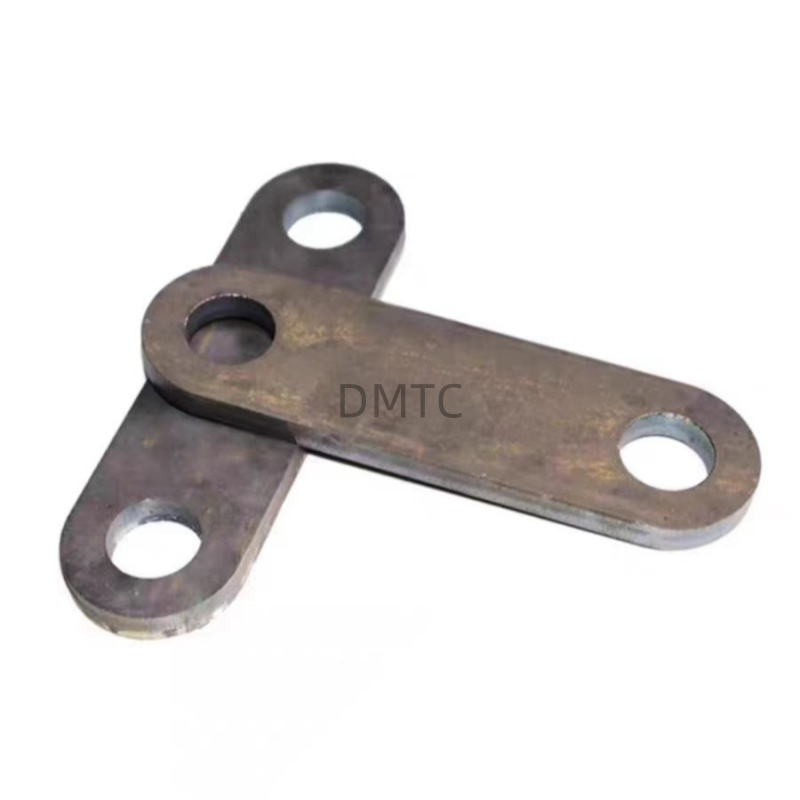
As a manufacturer of metal sheet cutting services, how to choose the metal sheet cutting process:
- Thickness:
| up to 2.032 mm (0.080 in) | choose laser cutting |
| up to 3.175 mm (0.125 in) | choose plasma or laser cutting |
| up to 6.35 mm (0.250 in) | choose water jet, plasma, or laser cutting. |
| over 20.32 cm (8 in) | choose flame cutting |
| 5.08 cm (2 in) | choose combustible gas or water jet cutting. |
| over 3.175 cm (1.25 in) | choose plasma, combustible gas, or water jet cutting. |
- Consider the accuracy and cutting quality requirements:
2.1 Most metal sheets can be done by plasma cutting; however, the cut edge quality may be lower. Plasma cutting will produce harmful gases and arcs, polluting the environment to a certain extent. Plasma cutting has poor verticality of the cutting surface because one side of the cutting surface will have a larger bevel angle. The plasma cutting can’t achieve high accuracy, the tolerance range for this process is between +/- 0.005″ and 0.020″. The exact tolerance depends on the detail material thickness.
2.2 If you cannot accept the heat-affected zone of combustible gas, plasma, and laser cutting, use water jet cutting. The environmental feature of water jet cutting is an important advantage. Since it does not produce hazardous waste and uses water as the cutting tool, there is no risk of dust, fumes, or thermal deformation.
- Consider production efficiency and cost:
3.1 If productivity is paramount, the water jet cutting should be avoided. Water jet cutting is known for its higher accuracy, but its speed can be a disadvantage, especially when cutting thicker materials, the process is inherently slower than other cutting techniques, such as laser or plasma cutting. Slower cutting speeds may result in increased production time, which may affect project schedules and overall productivity.
3.2 If low initial investment and operating costs are most important, then flame cutting is the right choice. High-quality water jet cutting machines and laser cutting machines are expensive. Flame cutting is the oldest method of cutting process. It is generally a simple process with relatively inexpensive equipment and consumables.
Choose the best metal sheet cutting service at DMTC manufacturing:
At DMTC, we take pride in providing top-of-the-line sheet metal fabrication services, including metal sheet cutting services. Our commitment to quality and precision has made us a leader in the manufacturing industry.
Our Manufacturing team is comprised of industry experts with many years of experience in sheet metal fabrication. This allows us to thoroughly understand our customers’ needs and provide customized solutions for their requirements. Our state-of-the-art cutting machines ensure precision and consistency in our manufacturing, providing the best results for our customers.
Sending your drawings now and getting your free quotation!

